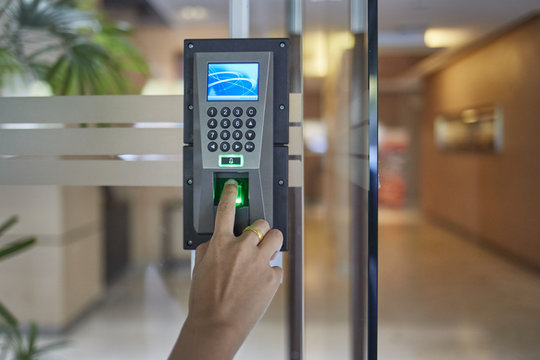In an era where health-conscious living has become paramount, innovative water filtration systems are emerging as transformative pillars of home wellness. Gone are the days when a simple water filter sufficed; today’s consumers demand more than just purification – they seek a holistic approach that combines cutting-edge technology with a commitment to purity. Pure and simple, these advanced filtration systems are revolutionizing the way we consume and interact with water within the confines of our homes. At the heart of this transformation is a keen understanding of the diverse impurities that lurk in our water sources. Traditional filtration systems focused primarily on removing visible particles and unpleasant tastes, but the latest innovations take it a step further. Advanced filtration technologies, such as reverse osmosis, activated carbon, and UV purification, are now seamlessly integrated into sleek and compact designs that adorn modern kitchens. These systems not only eliminate common contaminants like chlorine, lead, and bacteria but also target microscopic pollutants and impurities, ensuring a level of purity that was once reserved for high-end laboratories.

Beyond the technical prowess, the user-centric design of these water filtration systems has become a hallmark of the home wellness revolution. Manufacturers recognize that simplicity is key, and as a result, installation and maintenance have been streamlined to cater to even the least technologically inclined homeowners. User-friendly interfaces, intelligent monitoring systems, and easy-to-replace filter cartridges make the entire process seamless, empowering individuals to take control of their water quality without the need for specialized expertise with Water Filtration Systems for Texas Homes. Moreover, the integration of smart technology has elevated these filtration systems to new heights. Imagine a water filter that not only purifies your water but also tracks usage patterns, anticipates filter replacement needs, and provides real-time water quality data through a smartphone app. This level of connectivity not only enhances user convenience but also fosters a deeper awareness of water consumption and its direct impact on personal well-being.
In addition to the health benefits, the environmental implications of these innovative water filtration systems contribute to the overall ethos of home wellness. Many contemporary filters are designed with sustainability in mind, utilizing eco-friendly materials and promoting water conservation. The reduction of single-use plastic bottles, often associated with conventional water consumption practices, aligns seamlessly with the broader ecological consciousness of today’s consumers. In conclusion, the landscape of home wellness is experiencing a paradigm shift, and at its core are these pure and simple innovations in water filtration. The integration of advanced purification technologies, user-friendly designs, smart capabilities, and sustainability considerations collectively redefine our relationship with this essential element of life. As we embrace these transformative solutions, our homes become not just shelters but sanctuaries of health and well-being, where the very essence of life – water – is elevated to its purest form.




